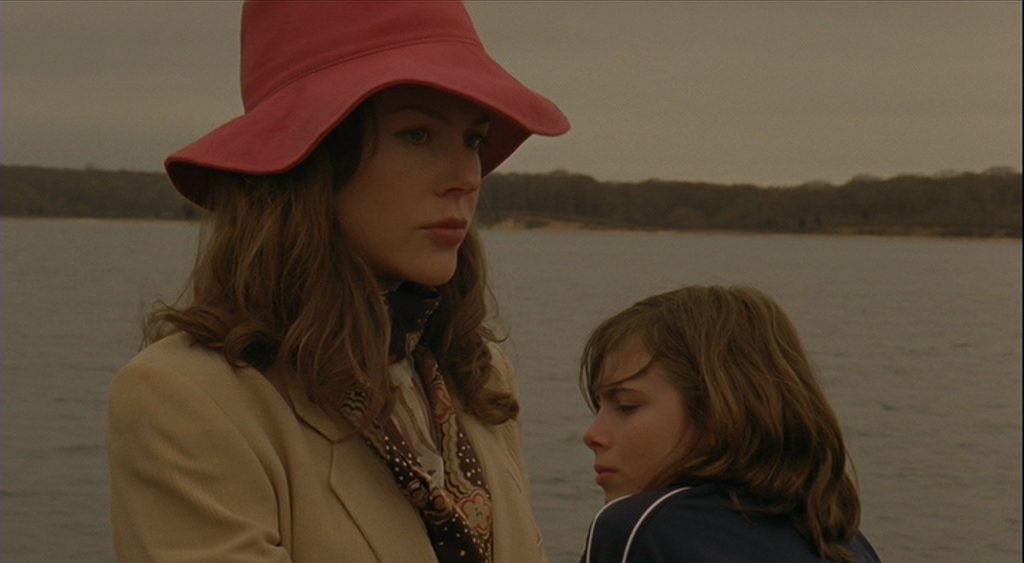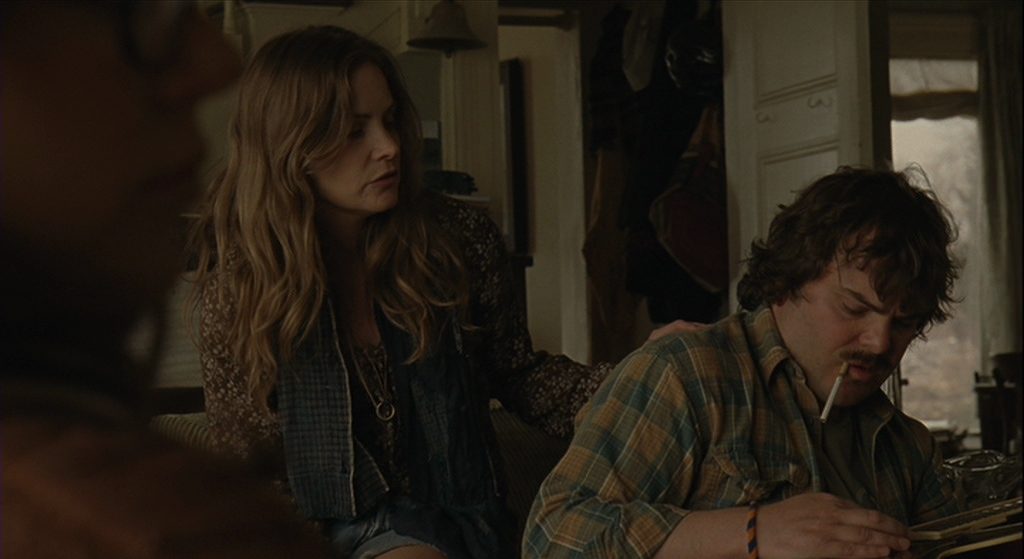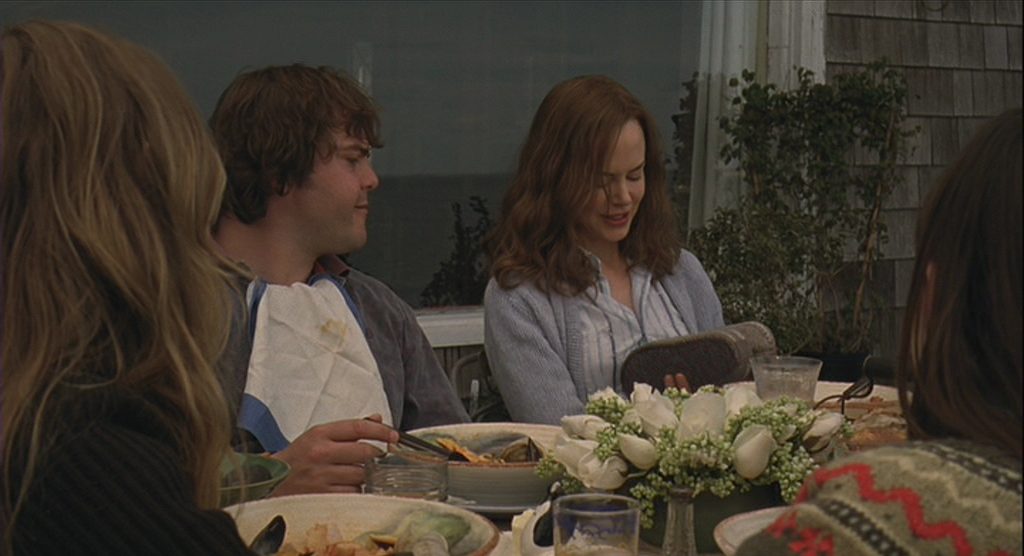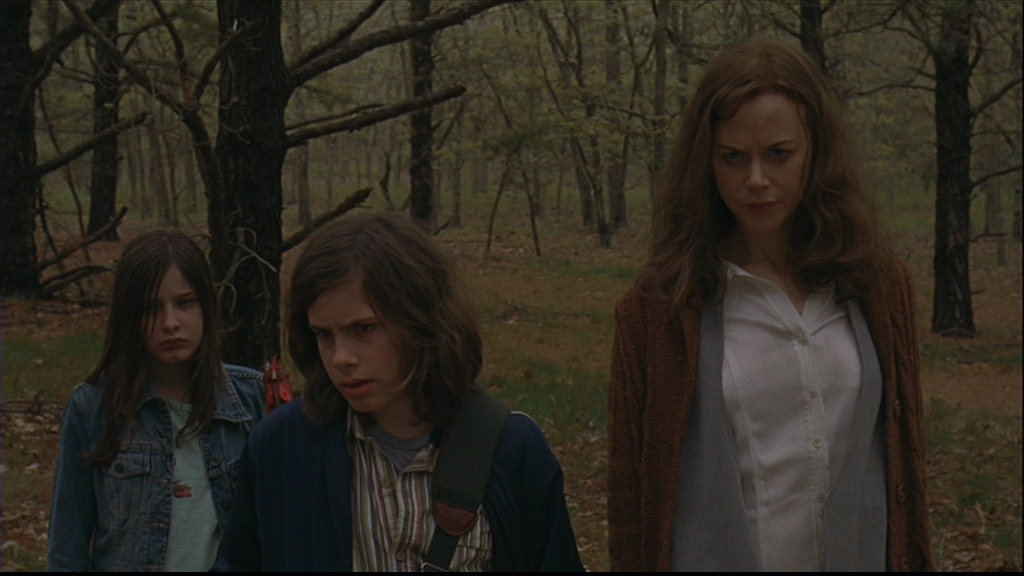Directed by Noah Baumbach, ‘Margot at the Wedding’ is a heartwarmingly hilarious family drama that unfolds the narrative of Margot, a novelist. She arrives to attend her estranged sister Pauline’s wedding over a weekend. However, the seemingly joyous occasion quickly descends into chaos as long-suppressed emotions, generational wounds, grievances, and a multitude of disapprovals come to the forefront. It delves into the complexities of family dynamics and relationships, providing a poignant yet comical exploration of the ties that bind us.
The 2007 film came on the heels of Noah Baumbach’s success with ‘The Squid and the Whale’ and features an extraordinarily talented cast, including Nicole Kidman, Jennifer Jason Leigh, Jack Black, and Flora Cross. The intimate storytelling in the film often leads viewers to question whether the narrative is drawn from true experiences and where Baumbach finds his inspiration.
Margot at the Wedding is a Fictional Story
‘Margot at the Wedding’ is not based on a true story or inspired by real-life events. Although some viewers have speculated whether Noah Baumbach’s, who is also the writer, own family served as the inspiration for the story, there is no concrete evidence or confirmation to support this claim. The film delves into its narrative with a nuanced approach, providing an accurate yet humorous portrayal of a group of creative individuals struggling to hold things together in their own unique and elusive way.

Talking about his writing process, Baumbach said, “The way I write, I write as openly as I can in the early stages, and then I construct and change and cut and move things around and combine characters, and when it’s all over it’s this complete mishmash of things. What gets me in trouble is that I tend to use elements from my life or friends of mine’s names or things that I have a personal connection to. It makes me feel comfortable when I’m working.” Even though the film is a work of fiction, it effectively captures the complexity of human relationships and familial dynamics.
The strained relationship between the sisters, marked by years of conflict and resentment, also reveals moments of protectiveness and genuine concern, mirroring the typical ups and downs found in sibling relationships. Moreover, the interactions between the fiancées and husbands within the story also showcase the nuances of real-life relationships, complete with insecurities and vulnerabilities. Baumbach’s directorial approach lends authenticity to the characters, portraying them as relatable individuals dealing with their struggles and emotions. This blend of realism and fiction makes the film resonate with viewers on a deeper level.

Even though the film is a work of fiction, it effectively captures the complexity of human relationships and familial dynamics. The strained relationship between the sisters, marked by years of conflict and resentment, also reveals moments of protectiveness and genuine concern, mirroring the typical ups and downs found in sibling relationships. Moreover, the interactions between the fiancées and husbands within the story also showcase the nuances of real-life relationships, complete with insecurities and vulnerabilities.
Baumbach’s directorial approach lends authenticity to the characters, portraying them as relatable individuals dealing with their struggles and emotions. This blend of realism and fiction makes the film resonate with viewers on a deeper level. The choice to tell the story from the perspective of two teenagers, Claude and Ingrid, adds a unique layer of authenticity and honesty to the film. Unlike adults, who may be entangled in their own emotions while dealing with their problems, teenagers often have a straightforward and unfiltered view of the world. This perspective allows the film to cut through the complexities of adult relationships and portray the characters as they truly are, warts and all.

It’s a storytelling choice that adds realism to the narrative and helps viewers empathize with the characters on a more profound level. Other than the story, a lot of other creative choices add to the authenticity of the film. For example, the choice of setting the film in a 70s-style house despite it being set in the present day is indeed an interesting one. By using a house with a design and decor reminiscent of the 1970s, Baumbach captures the idea that family homes can serve as time capsules, preserving the moments and stories of the past. It’s a visual representation of how certain family dynamics and tensions can persist over the years, remaining unchanged despite the passage of time.
It’s a clever and thought-provoking artistic decision that adds so much to the overall narrative. The film, while not based on a specific real-life story, resonates with audiences precisely because it captures the universal dynamics and complexities of family relationships. It serves as a mirror to our own experiences and encourages viewers to contemplate their family relationships and seek the closure and understanding that the characters in the film ultimately pursue. All in all, ‘Margot at the Wedding’ serves as a testament to the power of storytelling to resonate with audiences on a deeply personal level.
Read More: Best Family Movies of All Time


You must be logged in to post a comment.